Lean Business Model Canvas: Step by Step Guide
In this blog we will be discussing the Lean Business Model Canvas, which is not to be mistaken for the Business Model Canvas. The Lean Business Model Canvas is a tool that helps entrepreneurs quickly and effectively validate their business idea. The canvas is based on the Business Model Canvas developed by Alexander Osterwalder, which is a widely used tool for business model innovation.
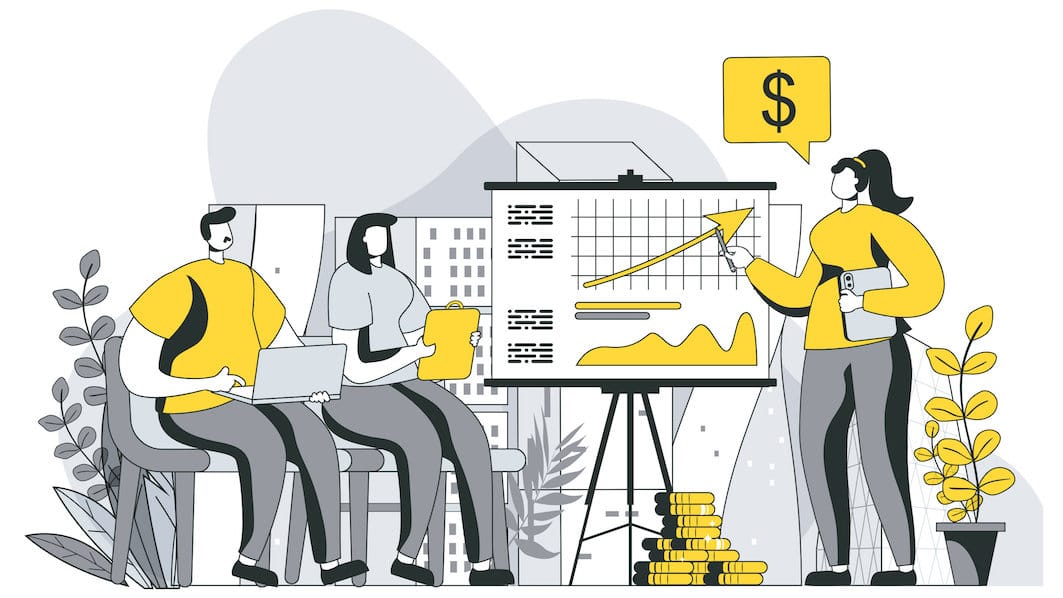
The Lean Business Model Canvas has 9 key components:
- Problem (what problem are you trying to solve)
- Solution (the features of your product solving these above problems)
- Key Metrics (What are you measuring to ensure you are solving the problem and winning)
- Unique Value Proposition (What differentiates you from other products, or your competitors)
- Unfair advantage (What do you possess that makes it harder for others to replicate what you are doing)
- Channels (How do you reach your customers)
- Customer Segments (Who are you selling to)
- Cost structure (What are your business costs)
- Revenue Streams (How will you make money)
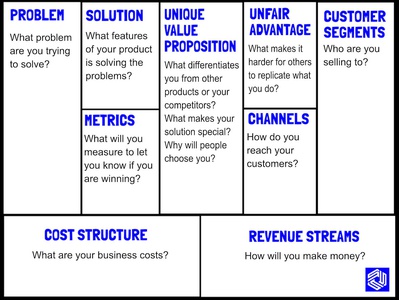
The Lean Business Model Canvas is a powerful tool for entrepreneurs because it forces you to think about all aspects of your business and how they fit together. It's also a flexible tool that can be used at any stage of the startup process, from validate a business idea to scaling a business.
Difference between traditional Business Model Canvas and Lean Business Model Canvas
The traditional business model canvas was developed by Alexander Osterwalder and is a tool that helps businesses map out their value proposition, customers, channels, costs, and revenue streams. The lean business model canvas was developed by Steve Blank and is a tool that helps businesses identify and validate their business model. The main difference between the two is that the lean business model canvas focuses on validation, while the traditional business model canvas focuses on mapping out the business.
The traditional business model canvas is a great tool for mapping out a business and its value proposition. However, it does not focus on validation, which is essential for a successful business. The lean business model canvas is a great tool for validation, as it helps businesses identify and validate their business model. This is the key difference between the two tools, and why the lean business model canvas is essential for a successful business.
In other words the traditional model canvas is theoretical and strategic, it helps a business owner understand what they want to achieve and how while the lean business model canvas is more practical. In reality, many business plans fail, over 90% of startups fail. The idea behind lean start-up methodology is to fail quickly, spending minimum resources, pivot quickly and validate a business model early before making a big investment on the idea.
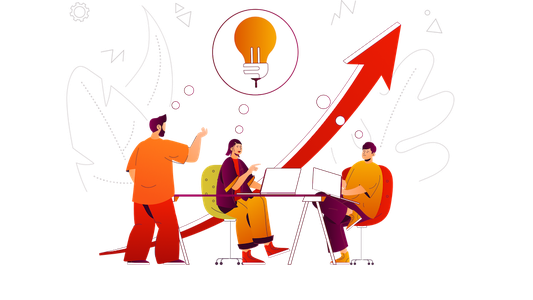
Lean start-up methodology and Lean Business Model Canvas
The Lean Business Model Canvas is a tool that helps entrepreneurs and startups validate their business idea. The canvas is a single page that captures the key components of a business model in a concise and structured way. The Lean Startup Methodology is a framework for building and running a startup. The methodology is based on the lean principle of building and measuring progress.
The Lean Business Model Canvas and the Lean Startup Methodology are complementary. The Lean Business Model Canvas helps startups validate their business idea, and the Lean Startup Methodology helps startups build and measure progress. The two tools work together to help startups succeed.
Why you need to move to the Lean Business Model Canvas
The Lean Business Model Canvas is a tool that can help entrepreneurs quickly and effectively develop and communicate their business model. The Canvas is based on the Lean Startup methodology, which is a customer-centric approach to building and launching new businesses and products.
The benefits of using the Lean Business Model Canvas are numerous, but here are a few of the most important:
1. It forces you to think about your customers first.
The Lean Business Model Canvas starts with the customer in mind. Who are your customers? What do they need or want? What are their pain points? Answering these questions is critical to developing a successful business model.
2. It helps you simplify and focus your business model.
The Canvas helps you distill your business model down to its core components. This forces you to focus on the most important aspects of your business and makes it easier to communicate your model to others.

3. It allows you to quickly test and validate your ideas.
The Lean Business Model Canvas is designed to help you rapidly test and validate your business model. This is done by starting with a minimum viable product (MVP) and then constantly testing and iterating based on customer feedback.
4. It’s flexible and easy to use.
The Canvas is a flexible tool that can be used in a variety of ways. It’s also easy to use, even for those with no prior business experience.
Using Skhokho and the Lean Business Model Canvas to validate your ideas
Skhokho is a business management suite with multiple business applications ranging from Human Resource Management to Sales and CRM. One of the features of Skhokho is the Goal Setting Application based on OKRs. In this blog we discuss growth hacking with OKRs.
Since the early 1970s, Intel has been using a performance management system called Objective Key Results (OKRs). OKRs are a way to set measurable goals and track progress towards those goals.
An OKR has two parts: an objective and one or more key results. An objective is a goal that you want to achieve, while key results are the metrics that you will use to measure progress towards that goal.
OKRs can help your team validate your ideas quickly, for this we will focus on the top left part of the Lean Business Model Canvas.
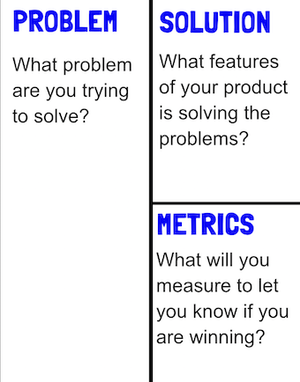
Getting started with “the problem”
Businesses need to understand what problems they are trying to solve and what their target market is before they can start to build their lean business model canvas. This can be done through market research, surveys, interviews, and focus groups. Once businesses have a good understanding of their target market's needs, they can start to create a business model that will address those needs.
Suggesting a “solution”
Once the problem is understood, a solution can be developed. This solution can be a product, a service, or a combination of both.
Product-based businesses build their business model by creating a product that addresses the pain points their clients have.
Service-based businesses build their business model by offering a service that addresses the pain points their clients have.
Set objectives and metrics to measure progress with OKRs
Once the business understands: (1) the problem and (2) have designed the solution - the lean business methodology suggests that they create a minimum viable product, the minimum version of their solution that they can implement to test the business plan, ideally you want to know:
- The problem points they identified earlier, are they real problems clients actually have (interview users of your product)
- Is the proposed solution solving these problems
- Are the proposed target-market the clients engaging with your business
- Are clients willing to pay for the product or service
- Are clients satisfied with the product or service
The aim is to understand is you have a viable business model, utilising your minimum viable product. Your business must develop SMART targets that can be tracked on intervals to measure business variables that can be used to quickly determine if the business is a successful one.
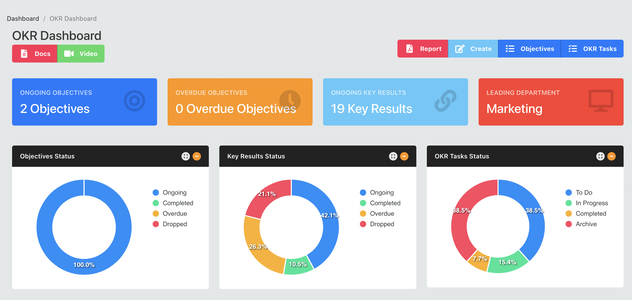
Develop objective key results (OKRs) to measure the following:
1. Sales figures: This is perhaps the most important metric to track, as it will give you an indication of whether your business is achieving its revenue goals. If your sales figures are below target, it could be an indication that your business plan needs to be tweaked.
2. Customer satisfaction: Another important metric to track is customer satisfaction. This will give you an indication of whether your customers are happy with your product or service. If customer satisfaction is low, it could be an indication that your business plan needs to be revised.
3. Employee satisfaction: Another key metric to track is employee satisfaction. This will give you an indication of whether your employees are happy with their jobs. If employee satisfaction is low, it could be an indication that your business plan needs to be revised.
4. profitability: Another important metric to track is profitability. This will give you an indication of whether your business is making money
Get Started with Skhokho OKRS
Read more about OKRs: https://skhokho.io/objective_key_results_okr_software
Skhokho OKR Documentation: https://skhokho.io/documentation/okr/
Skhokho OKR how to video:









